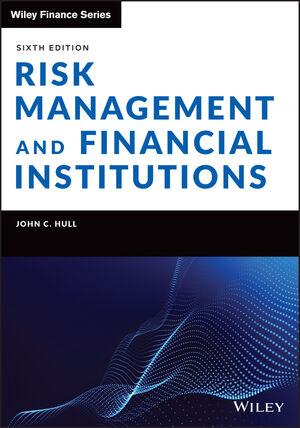Question
Alfred recently celebrated his 55th birthday with his only child, Isabelle, who is starting a four-year university program, with tuition and associated expenses estimated to
Alfred recently celebrated his 55th birthday with his only child, Isabelle, who is starting a four-year university program, with tuition and associated expenses estimated to be $40,000 a year. During her time at the university, she plans to run an artisanal cafe that requires an annual operating lease of $180,000 and other yearly operating costs of $70,000, but is expected to generate revenues of $330,000 per year. These annual cash flows are subject to income taxes and begin in a year but fitting-out costs for the cafe of $120,000 will be incurred immediately. Isabelle is asking for Alfreds support for half of the operating lease expenses and will proceed to run the cafe if her return on investment is at least 10% per year.
As Alfred was mildly inebriated during his birthday celebration, he promised his daughter not only to fund her university-related expenses but also to financially support her cafe venture as requested. He does not expect any return on these investments. The good news is that Alfreds annual income is $500,000 and is expected to increase by 5% per year. His annual living expenses is $100,000, expected to increase at the inflation rate of 3% per year. Alfred also makes annual payments of $200,000 towards an outstanding mortgage loan that will be fully paid off just when he turns 65, which is also when he will retire.
To date, Alfred has accumulated an investable wealth of $1,000,000 and would like his portfolio (excluding the value of his home) to grow to $3,000,000 by the time he retires. He insists that cash flow requirements not be funded by selling securities. You gather and present pertinent information about select asset classes and possible portfolios in Exhibits 1 and 2, respectively. Income and capital gains are taxed at 25% and 15%, respectively.
Exhibit 1. Capital Market expectations for select asset classes
| no 1 | asset class | income yield | capital gains | covariance | |||
| 1 | 2 | 3 | 4 | ||||
| 1 | cash | 0.00% | 0.00% | - | - | - | - |
| 2 | public equity | 2.50% | 9.80% | - | 0.0237 | 0.0026 | 0.0075 |
| 3 | fixed income | 5.00% | 5.10% | - | 0.0026 | 0.0045 | 0.0011 |
| 4 | hedge funds | 0.00% | 17.40% | - | 0.0075 | 0.0011 | 0.0052 |
Exhibit 2 prospective portfolios
| no | asset class | portfolio weights | ||
| A | B | C | ||
| 1 | cash | 10% | 20% | 40% |
| 2 | public equity | 20% | 20% | 20% |
| 3 | fixed income | 30% | 60% | 30% |
| 4 | hedge funds | 40% | 0% | 10% |
| standard deviation | 6.29% | 5.64% | 4.56% | |
Estimate the required return for Alfred's portfolio
Step by Step Solution
There are 3 Steps involved in it
Step: 1

Get Instant Access to Expert-Tailored Solutions
See step-by-step solutions with expert insights and AI powered tools for academic success
Step: 2

Step: 3

Ace Your Homework with AI
Get the answers you need in no time with our AI-driven, step-by-step assistance
Get Started


